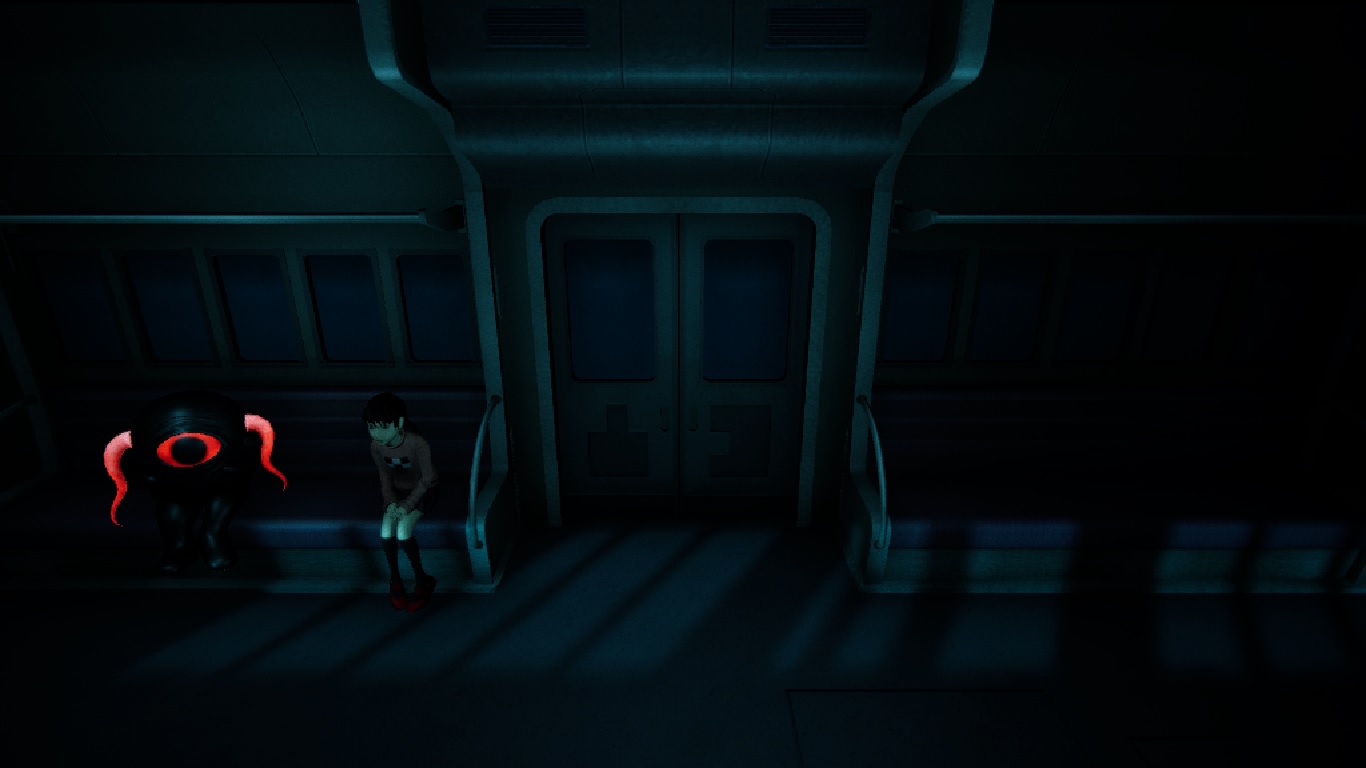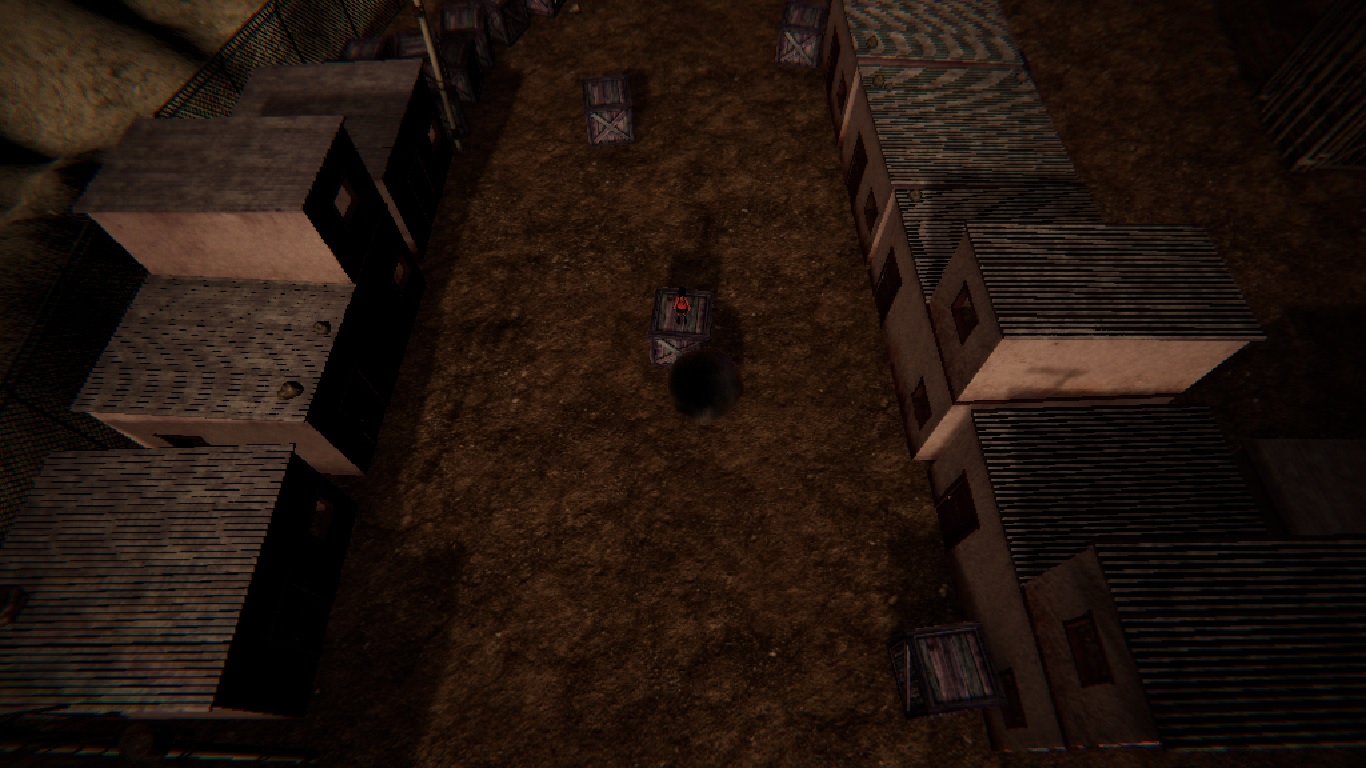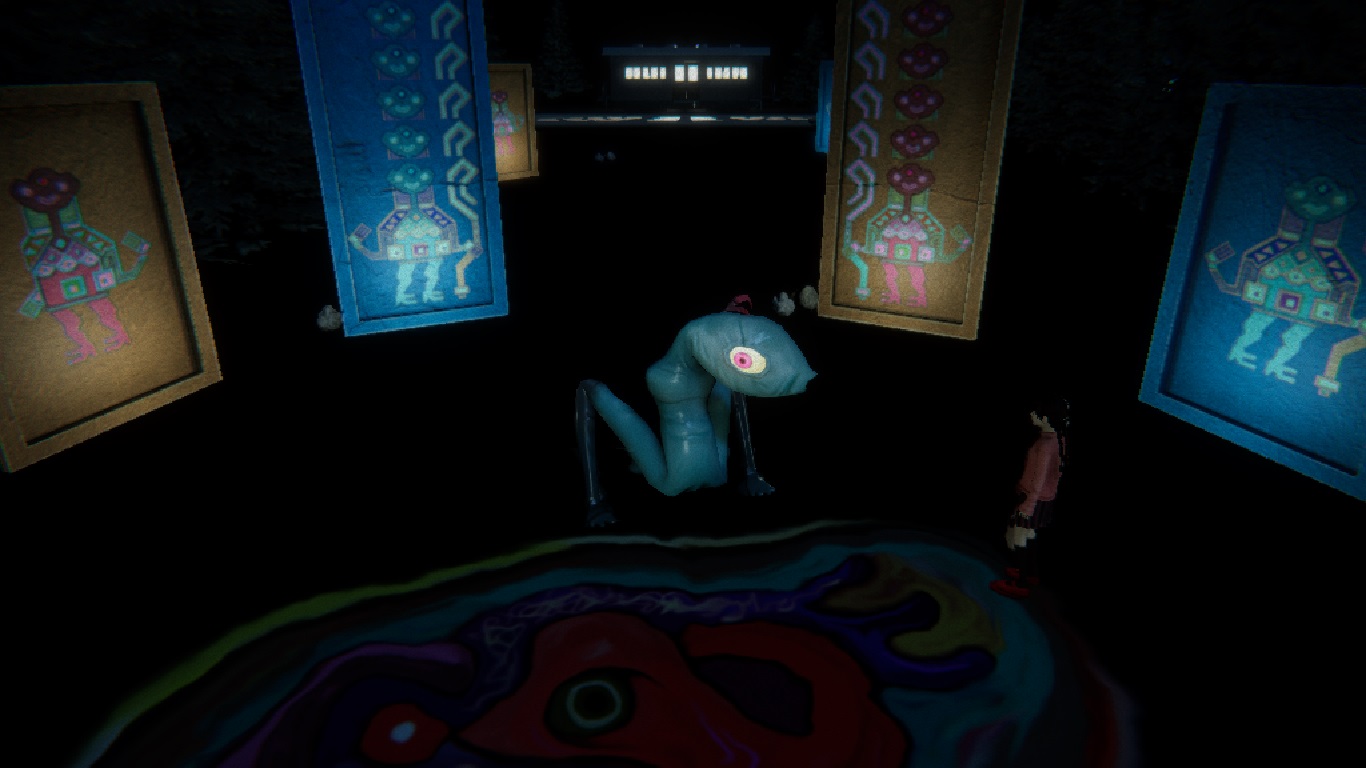Yume Nikki: Dream Diary review
A disappointingly frustrating and obsessively nostalgic game.

Yume Nikki: Dream Diary is a 3D adaptation of a 2004 RPG Maker game called Yume Nikki. My experience with the original game is minimal, so I come to the Dream Diary not as a fan but as a fresh-faced newcomer. Unfortunately, Dream Diary falters in fundamental ways: it has poor controls, game-breaking bugs, an ugly aesthetic, and little direction of any kind. All of these factors result in a confusing and overwhelmingly frustrating experience.
Dream Diary’s controls feel unrefined. Wonky movement, a camera that gets lost, and constant dimension shifts – from 2.5D to 3D and back again – produce difficulty simply navigating the environment. It also features reprehensible bugs. At certain points, the game refused to register ledges that my character was supposed to be able to jump onto, making it impossible for me to proceed in the game. The game also crashed several times upon entering different worlds.

Visually, Dream Diary is unexceptional. Its lack of graphical prowess is forgivable, but the game’s muted, dark color palette is entirely unappealing. Worlds that should be visually distinct are instead filled with forgettable grays and browns.
All of these things are relatively minor annoyances, hiccups that might’ve gone unnoticed if the game wasn’t such an otherwise unintuitive, confusing mess.
The player is required to visit the game’s multiple worlds many times each; you often acquire an ability in one world that allows you to unlock a new portion of a different world. But it never explains that travel is necessitated between the worlds or that there is the option to exit any of the various worlds at any time. I began the game assuming that each world was separate and could be completed independent of the other worlds.
This lack of direction or basic information compounds the nonsensical and needlessly complicated puzzle design. One such puzzle consists of placing an eyeball in a cage to lure a chain chomp monster into said cage. You would naturally assume that the game might just have the chain chomp monster run to the cage after you place the eyeball inside; instead, you must lure the monster within a few feet of the cage and it will then notice the eyeball and get its ass in the cage. Because your character is much slower than the creature, you must climb atop a box every few yards while luring it to the cage so as not to get eaten. Oh, and you don’t even want to know what you have to do to get the eyeball.

And this puzzle isn’t an anomaly in Dream Diary. Old-adventure-game-like unintuitive item usage is rampant throughout. There’s one NPC that, when interacted with, has a picture of an item appear above his head. Later when I found the item, I put two and two together, but the game never explains why he wants the item.
Maybe I could have put up with all of this if the narrative captured me. The ostensible story seems intriguing: you explore the surreal, haunting dreams of a hikikomori. But the game never delivers on that pretense. You’re just thrown into the world without any real attempt at narrative. Dream Diary never bothers to make us invest in its protagonist or tell us much of anything about her.
Dream Diary feels unnecessary. This was abundantly clear to me when I saw its Steam page, which proudly presents a character design document – drawn by the creator of the original game – and claims to bring that long-dormant character to life. The character in question is quite ugly and adds little if any value to Dream Diary. So why include it?

Dream Diary has virtually nothing interesting to offer, and I’m not sure why it was made. I can only hope it will stand as an example of what not to do when reinventing an old property.

